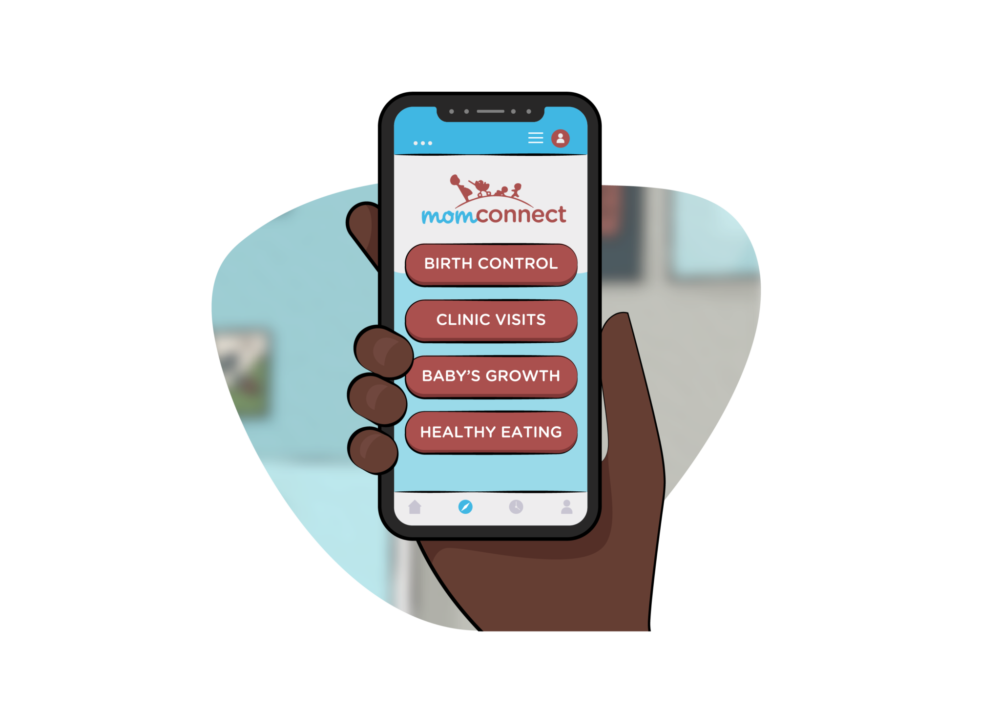Mom Connect

MomConnect is an existing base-of-the-pyramid telehealth program that allows a national Dept of Health to register a pregnancy linked to a facility and to send stage based, personalized messages to the expecting Mom via WhatsApp or SMS texts. The existing service is in partnership with Baby Center, a text-based helpdesk that provides answers to pressing questions, a library of health information accessed via a USSD menu, and a service rating feature that allows subscribers to report on the quality of services they receive at facilities. MomConnect presents decision-makers with control interfaces and dashboards to ensure that feedback from mothers reaches the highest levels of government.
Today, scaling the delivery of tailored health care education is one of the primary investment drivers for digital telehealth. Getting the recipe right for creating healthier behaviors because of those engagements is proving trickier. MomConnect is a good example of an existing and evolving API that embraces the need for both physical and digital engagement to achieve results. MomConnect is installed by the consulting maternal nurse who then explains the benefits as well as the interaction opportunities to pregnant patients.
In the future, as smartphones become more ubiquitous, linking the father and other key family members in tracking the development of the fetus will help foster integrated communities of care motivated and empowered to support future births. Evolving AI gives greater capacity to support mothers and health care professionals by co-creating individualized birth plans and integrating best practice nutrition tracking and child health and development nudges. Designing to seamlessly integrate digital and physical care experience, leveraging the best of both will be key to enhancing scalable impact.
For telehealth programs like MomConnect to become a normal link in care of all populations, there are challenges to consider:
The initial enrollment of the patient into MomConnect by the nurse provider has proven critical to uptake and subsequent impact. If connectivity is unstable or unavailable, this creates a difficult real and perceived barrier between the health care provider and patient. Aligning telehealth only to communities with cellphone tower or satellite internet coverage may hamper its appeal to governments with challenging geographies.
This will disrupt how current programs are designed and developed. What Facebook, Google and other media platforms have taught us is that our relationships with information are driven by human needs but served by technological innovations. Public health’s silo-oriented thinking and care delivery may not be the best model for realizing the potential impact of tele-health and tele-care.
Physicians in particular may prove to be highly vocal skeptics and barriers to tele-health development and deployment in public health as they feel responsible to retain ownership of the patient diagnosis and care relationship. Addressing stakeholder concerns will take time and one path is to integrate the role of tele-health into the curriculum of medical schools.
For programs like MomConnect to become a natural and impactful link to care in the health care system, there are challenges to consider.
-
How might we best co-create tele-care and tele-health programs to begin now serving a core of early adopter clients for the next 50 years?
-
How might we apply advances in AI and algorithm development to integrate micro-tailoring into the value proposition of tele-health and tele-care offerings?
-
How might we best overcome stakeholder bias and mission-creep concerns to nurture a public health system to support tele-health and tele-care as new tools for a modern age?